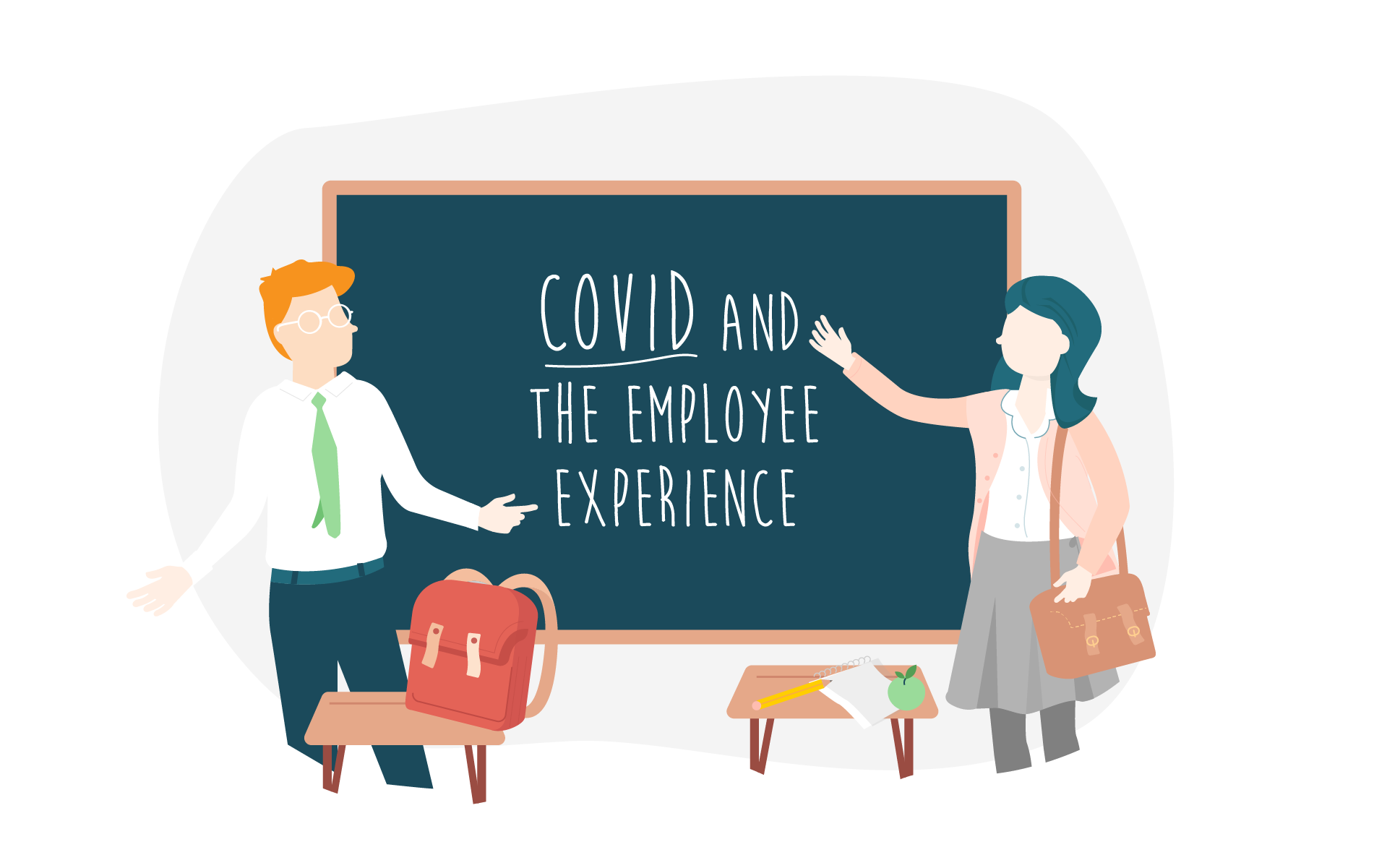COVID & the employee experience – leadership lessons from McKinsey research
What can be learnt from the way leadership in organizations has responded to the pandemic so far? What insights do we have that can be used to guide approaches going forward? Management consultancy company McKinsey & Company set out to examine organizations’ leadership responses during the early stages of the pandemic to help answer these questions.
The survey asked over 800 diverse, US-based employees to share their views on a broad spectrum of topics to identify the pertinent issues when it came to the main factors affecting employee wellbeing, engagement and work effectiveness during this crisis. In its subsequent report “COVID-19 and the employee experience: How leaders can seize the moment” researchers were able to identify the top 12 needs of employees, along with the employee experience factors connected to them.
It’s not surprising that many of the needs at the very top of the list are aligned to fundamental requirements like job security and financial stability. But the other needs, and employee experience factors they connect to, provide some useful insights that can guide employers in how best to focus their resources and efforts while supporting employees through these difficult times.
The positive impact of relationships built on trust
It seems that employer response effectiveness was pretty good. Around four out of five respondents felt their employers were proactive and responded well to the situation.

The research suggests that those employers who did a good job in terms of their response to the unfolding crisis reaped dividends when it came to engagement and wellbeing. Employees who felt their organizations responded particularly well were four times more likely to be engaged and six times more likely to have a positive level of wellbeing. At a time when employees were feeling vulnerable they were very receptive to putting both trust and confidence in their leaders, and being highly responsive when that trust paid off.
The report goes on to highlight the significance of trust at all levels. One of the major themes the research consistently highlights is the importance of investment in both developing and sustaining trusting employee-to-employee relationships too.

It appears that the early days of the pandemic created bonds. Employees valued the familiarity and stability of their connections in work. By being available, compassionate and supportive to each other, relationships strengthened. But companies cannot assume those bonds will be sustained with such intensity unless they are given help and support. The report suggests leaders will have to consciously invest in ways to build relationships using bottom-up approaches, such as peer-to-peer recognition, that also have the advantage of being highly inclusive of the remote worker cohort. It’s worth noting that the survey indicates the use of non-financial recognition approaches has the potential to boost engagement by 55%.
“We’re in this together”
It’s also apparent how fundamental the sense of social cohesion and psychological safety has been too. Collaborative behaviors have played a big role both in and outside the workplace during the pandemic. The positive impact that the factors behind these types of behaviors can have is clearly evident: fairness, involvement, respect and equality can lead to significant improvements particularly in engagement and wellbeing.

The research also indicates the importance of people feeling they are contributing to something “bigger than themselves”. They need a sense of purpose that helps them stay focused during times of disruption and upheaval. It suggests employees who feel able to “live their purpose” through their work are more likely to sustain and even improve their levels of work effectiveness. The report mentions that this sense of purpose also appears to create higher levels of engagement and wellbeing too: four times and five times higher respectively than those who lack an overall sense of purpose.
One size does not fit all
One of the other big messages from McKinsey’s research is the extent to which employee needs and experiences vary. Everyone has been disrupted but the way the pandemic has been experienced differs considerably from person to person.
Even a snapshot of the data starts showing substantial differences: remote working females with dependents showing 37% working effectiveness compared to 79.4% of males in the same situation for example. Continue carving up the data and with each twist the picture becomes more complex.
All this indicates that employers and leaders need to devise a nuanced approach to the way they support employees to get the best from each individual. While that might sound ambitious, the information to achieve this is already there in many instances. Pulse surveys, one to ones, recognition feedback and HR analytics can all feed in and help organizations ensure a more personalized approach to tailor support and encouragement in the most appropriate way.
2020 feels like the year when the world unravelled
Part of the recovery and rebuilding process will undoubtedly stem from an openness to, and a willingness to learn from, feedback about the experiences to date. Organizational leadership appears to have reacted well so far, and can continue to play its part by carefully considering what has been learned over the past few months and responding in an agile and sensitive way.
Further reading: How do you show your people they matter? From small gestures to professional opportunities, here’s a list of our favorite employee recognition ideas.


 30 ideas to help a new starter in their first week
30 ideas to help a new starter in their first week
 The value of external feedback in the workplace
The value of external feedback in the workplace
 Expand the power of recognition with Partner Appreciation
Expand the power of recognition with Partner Appreciation